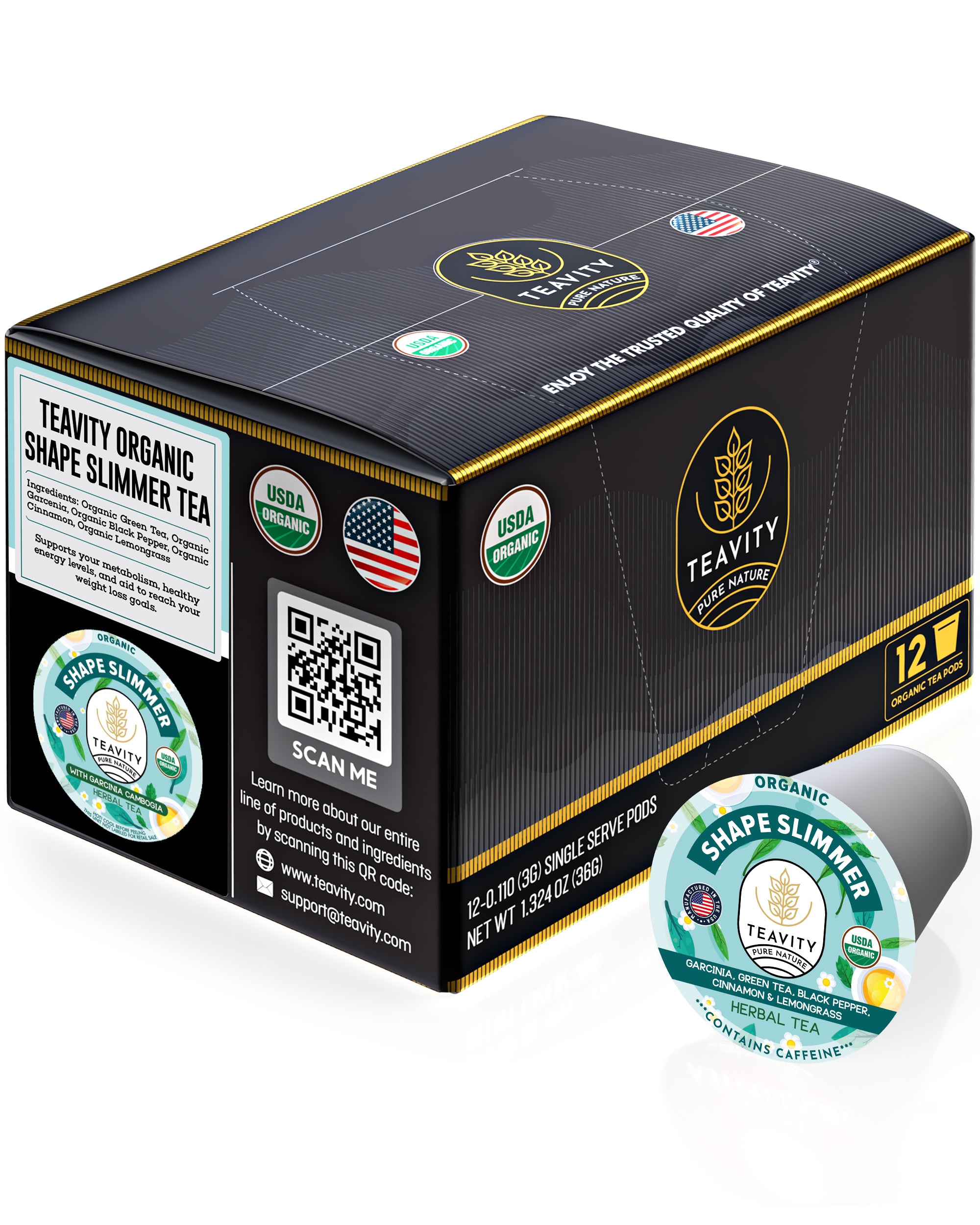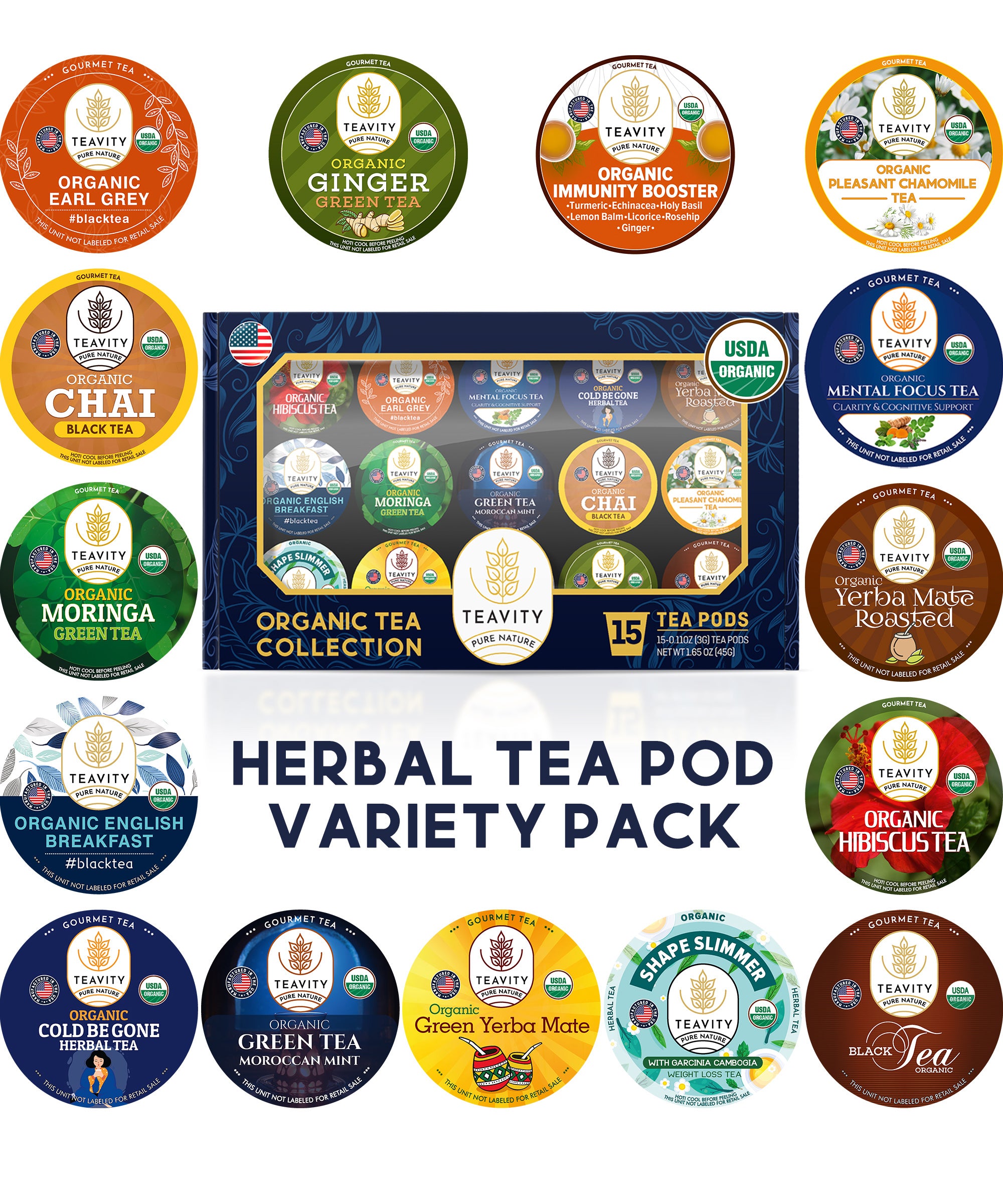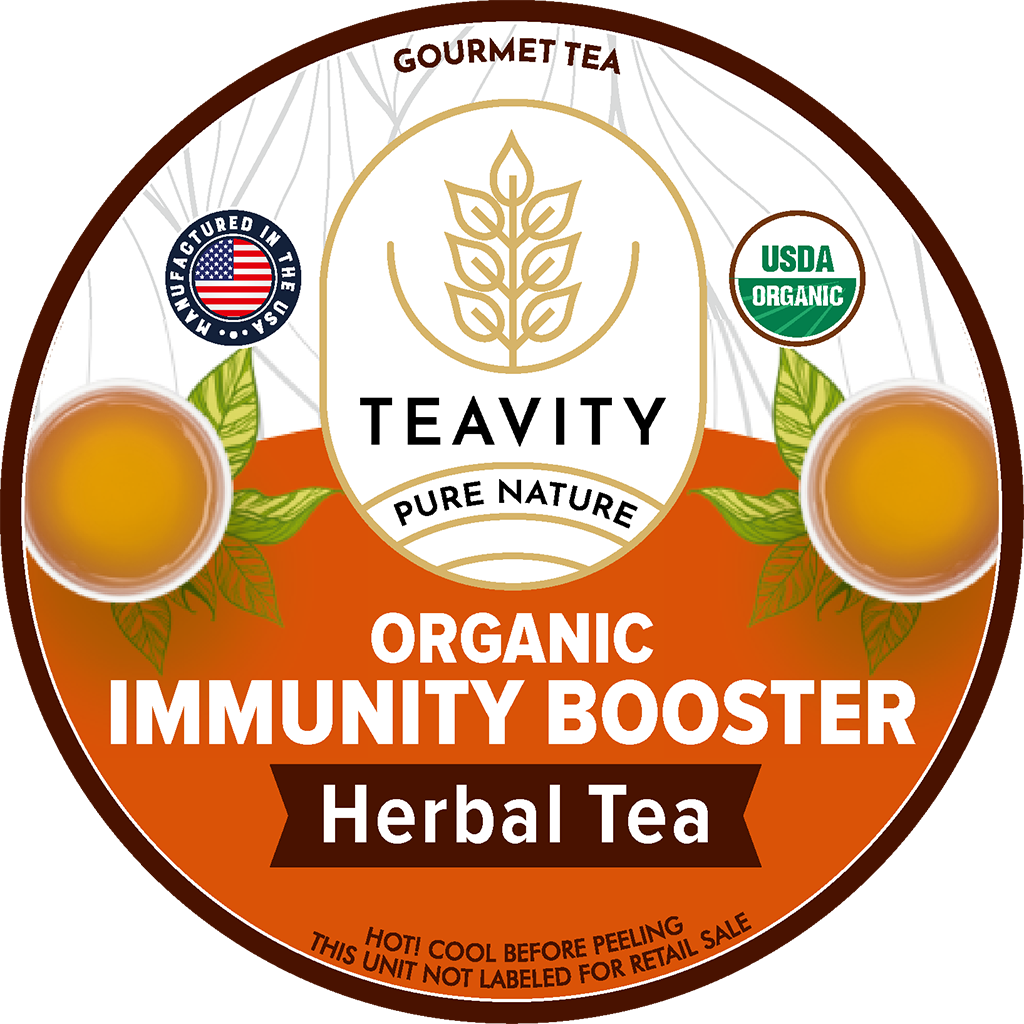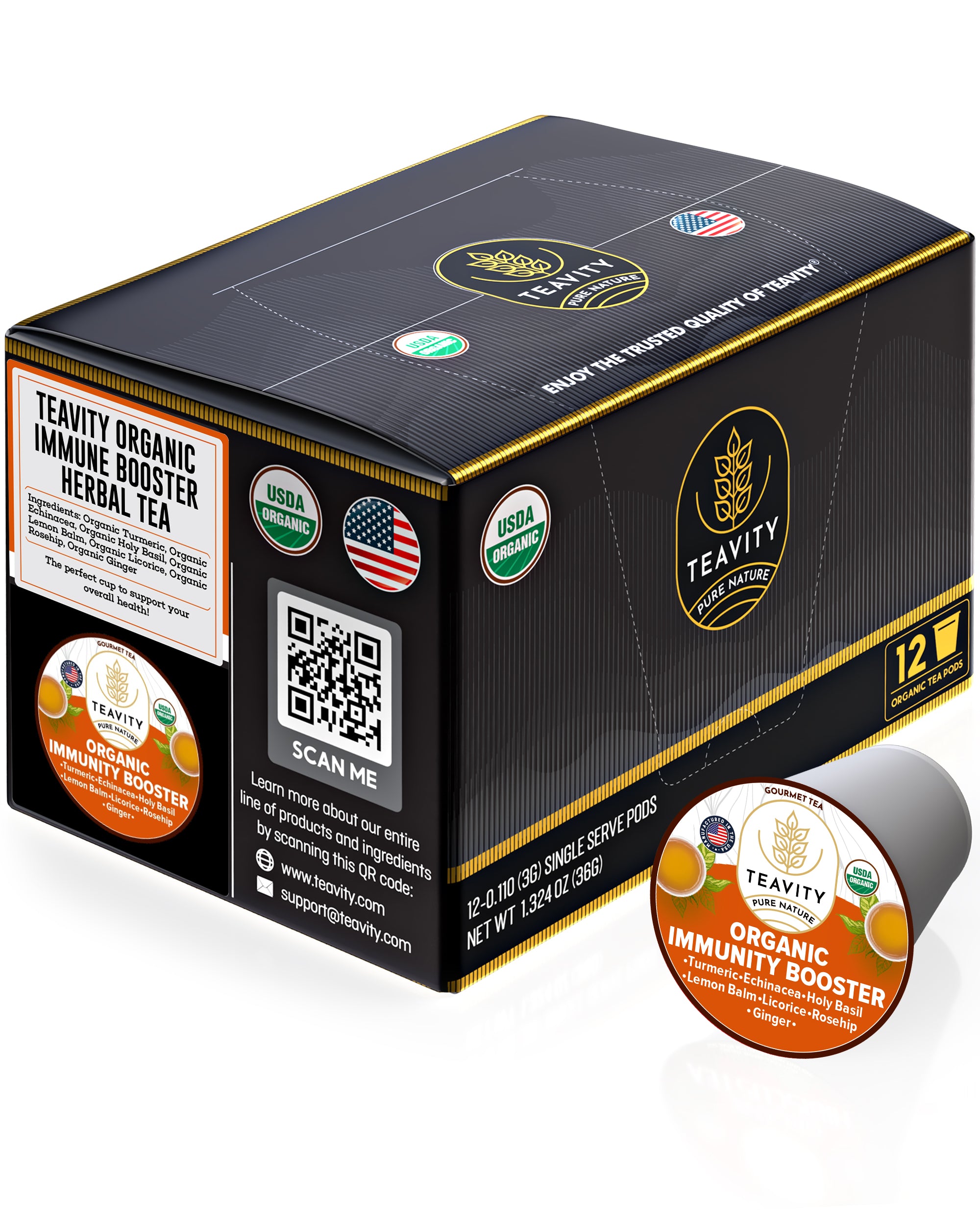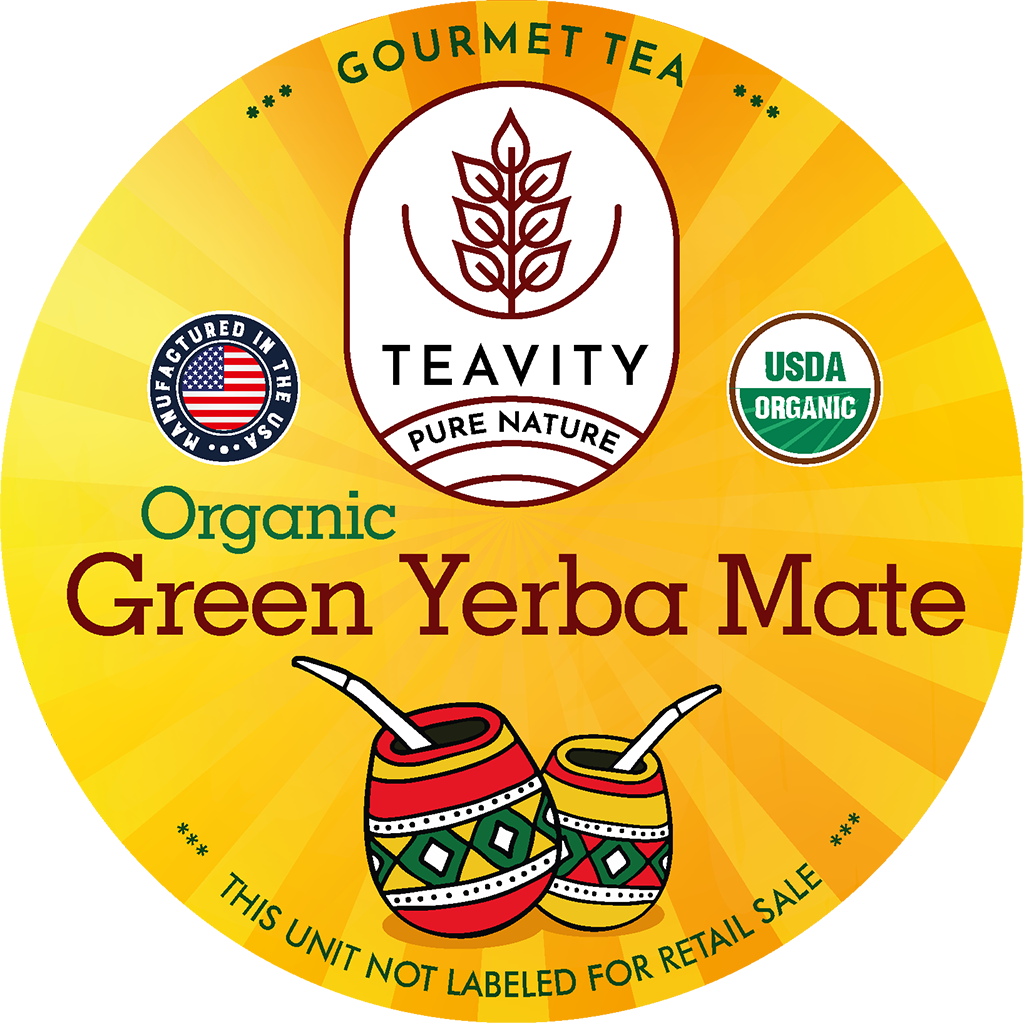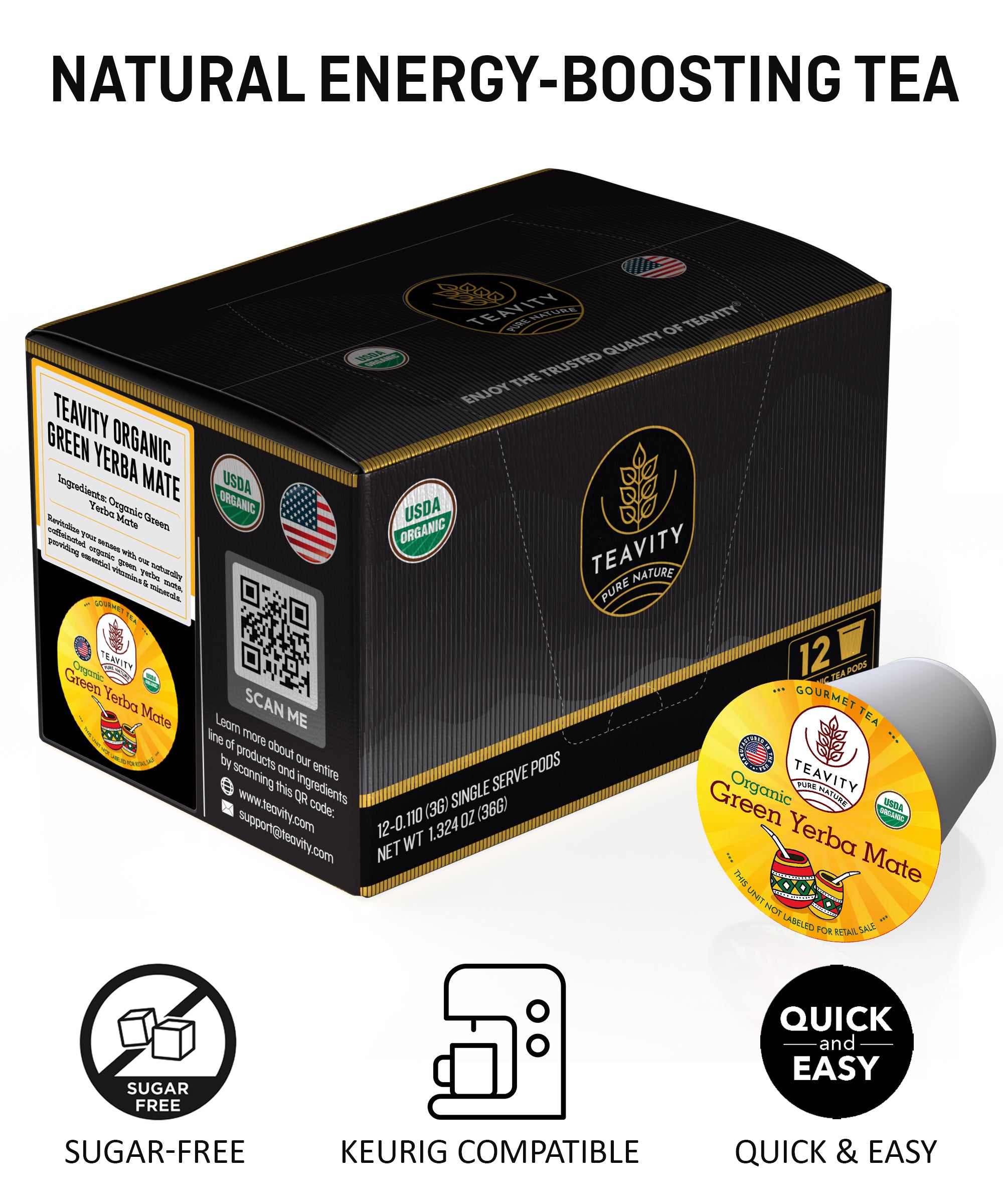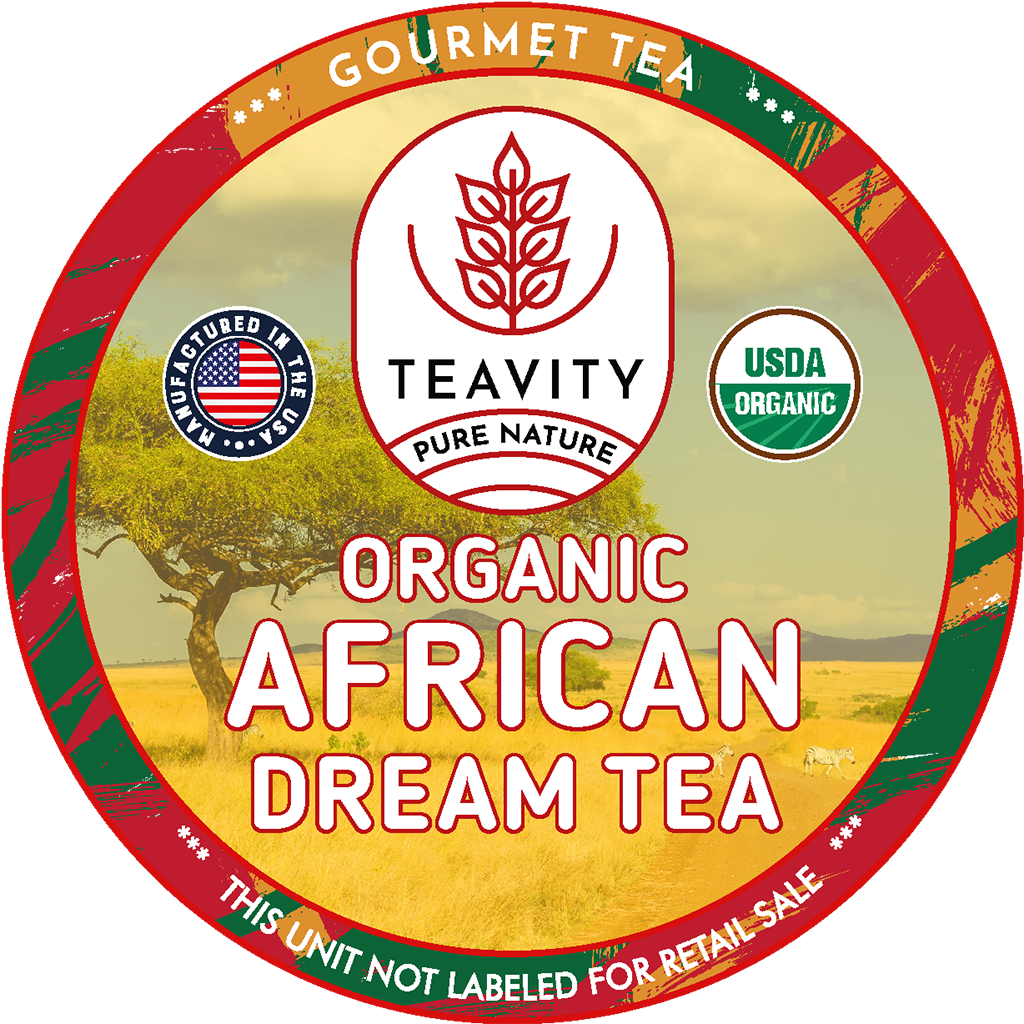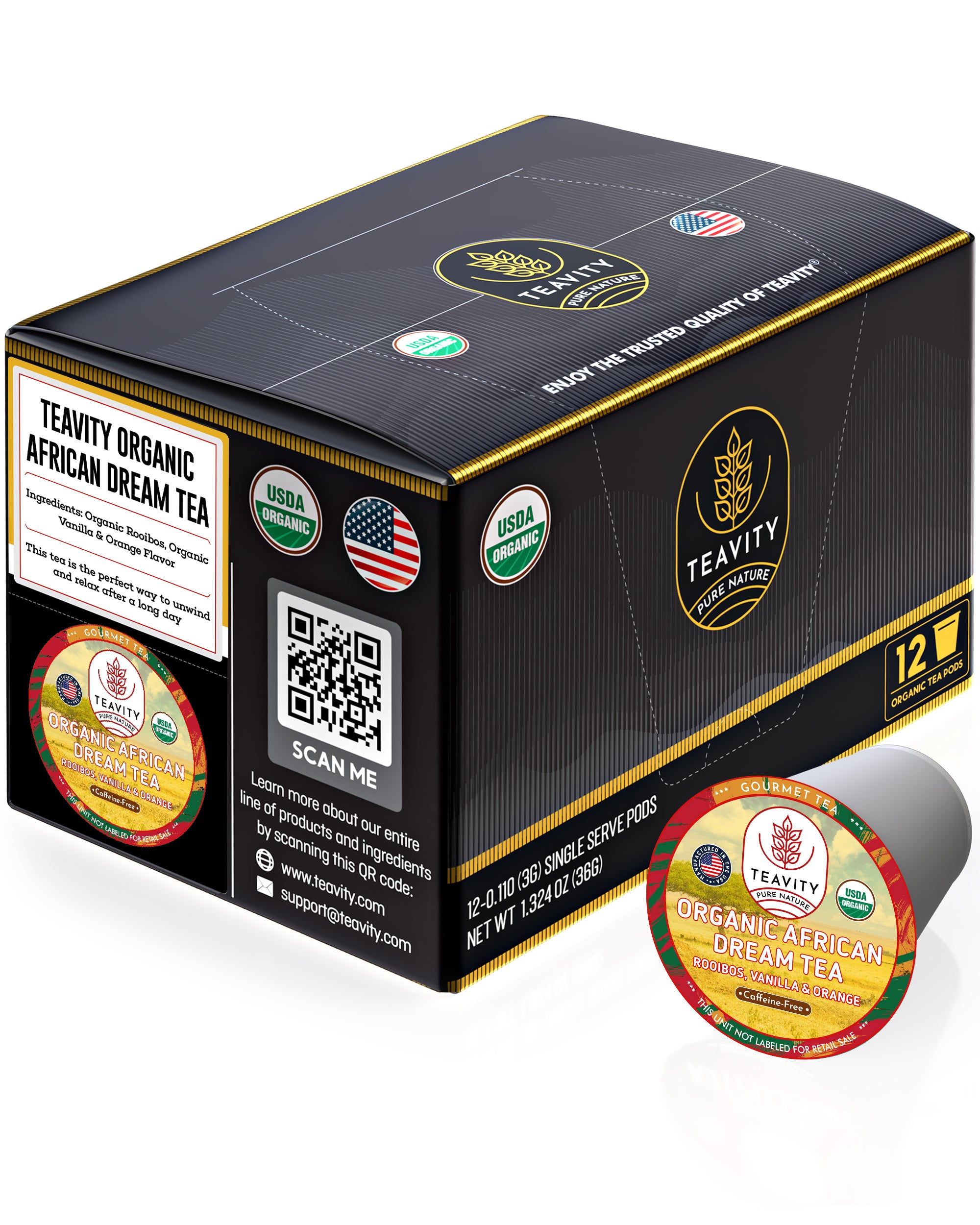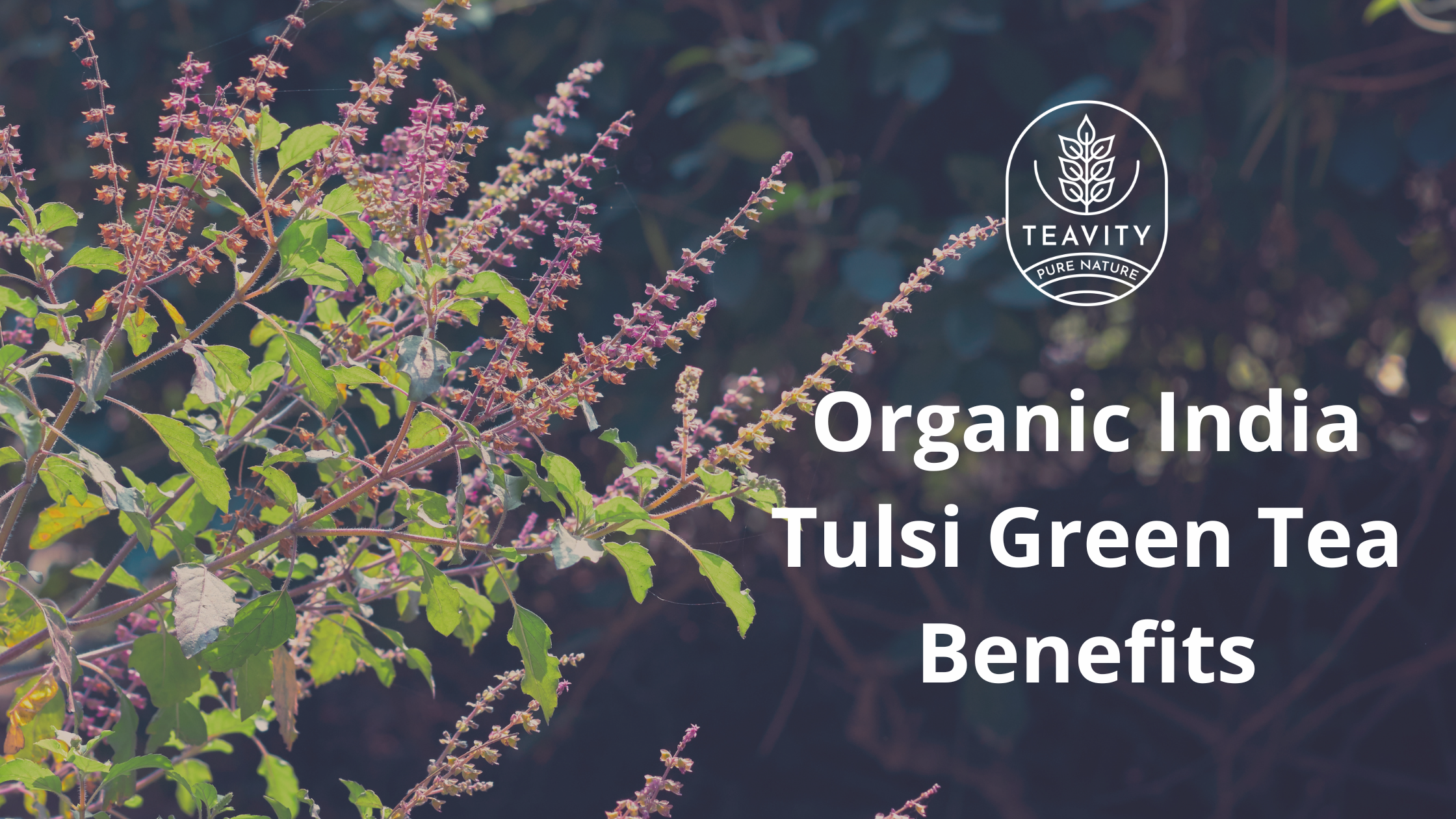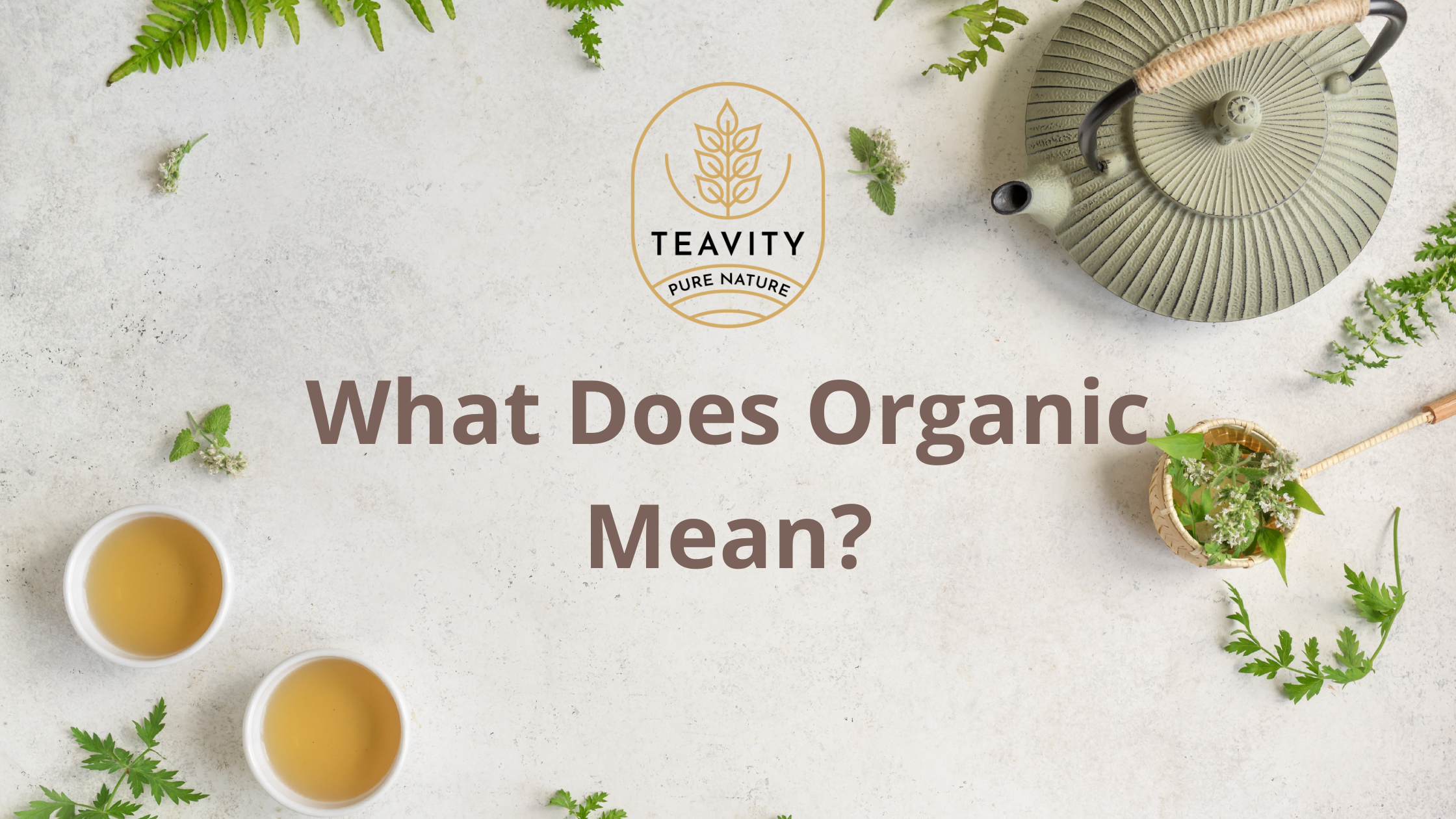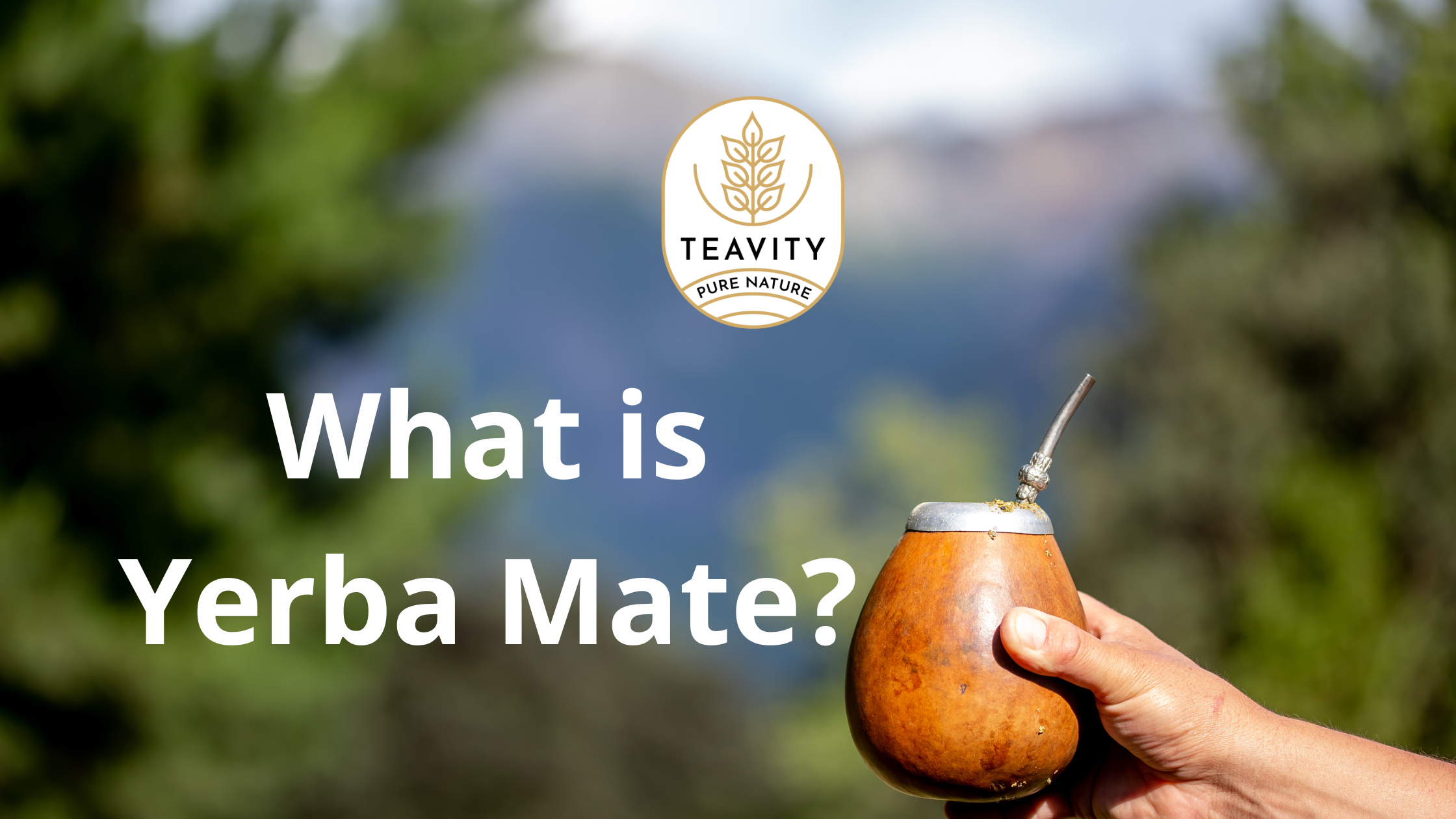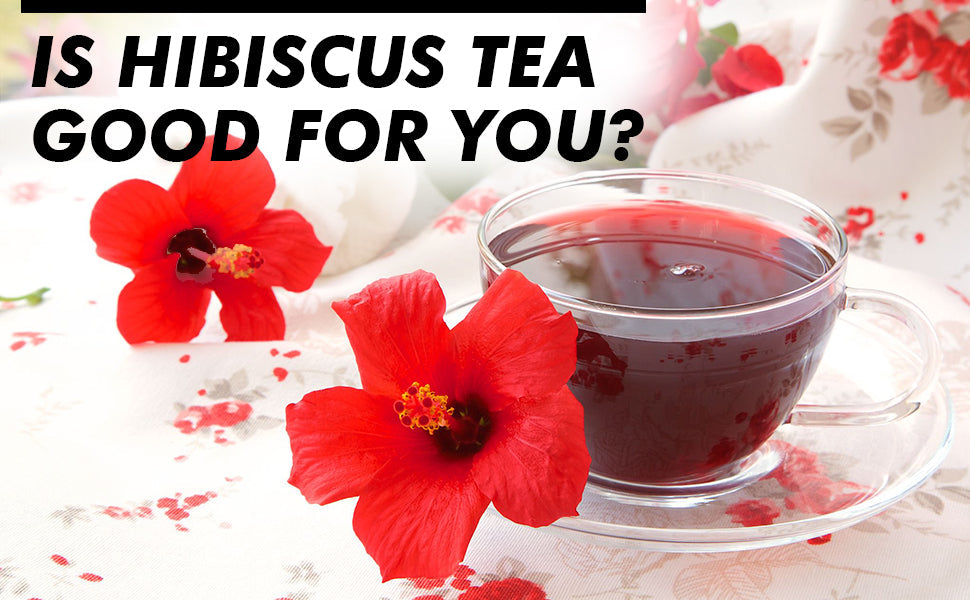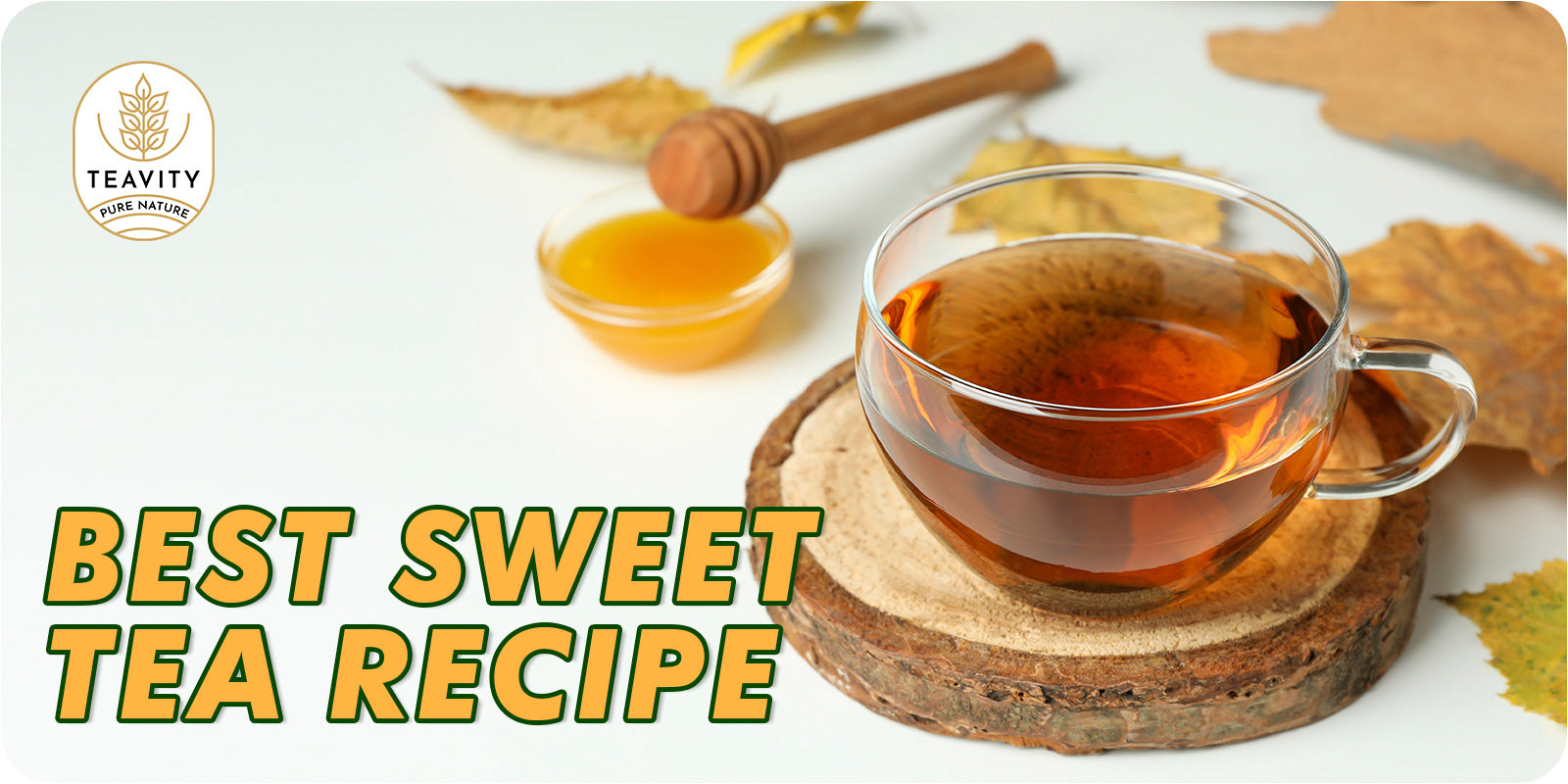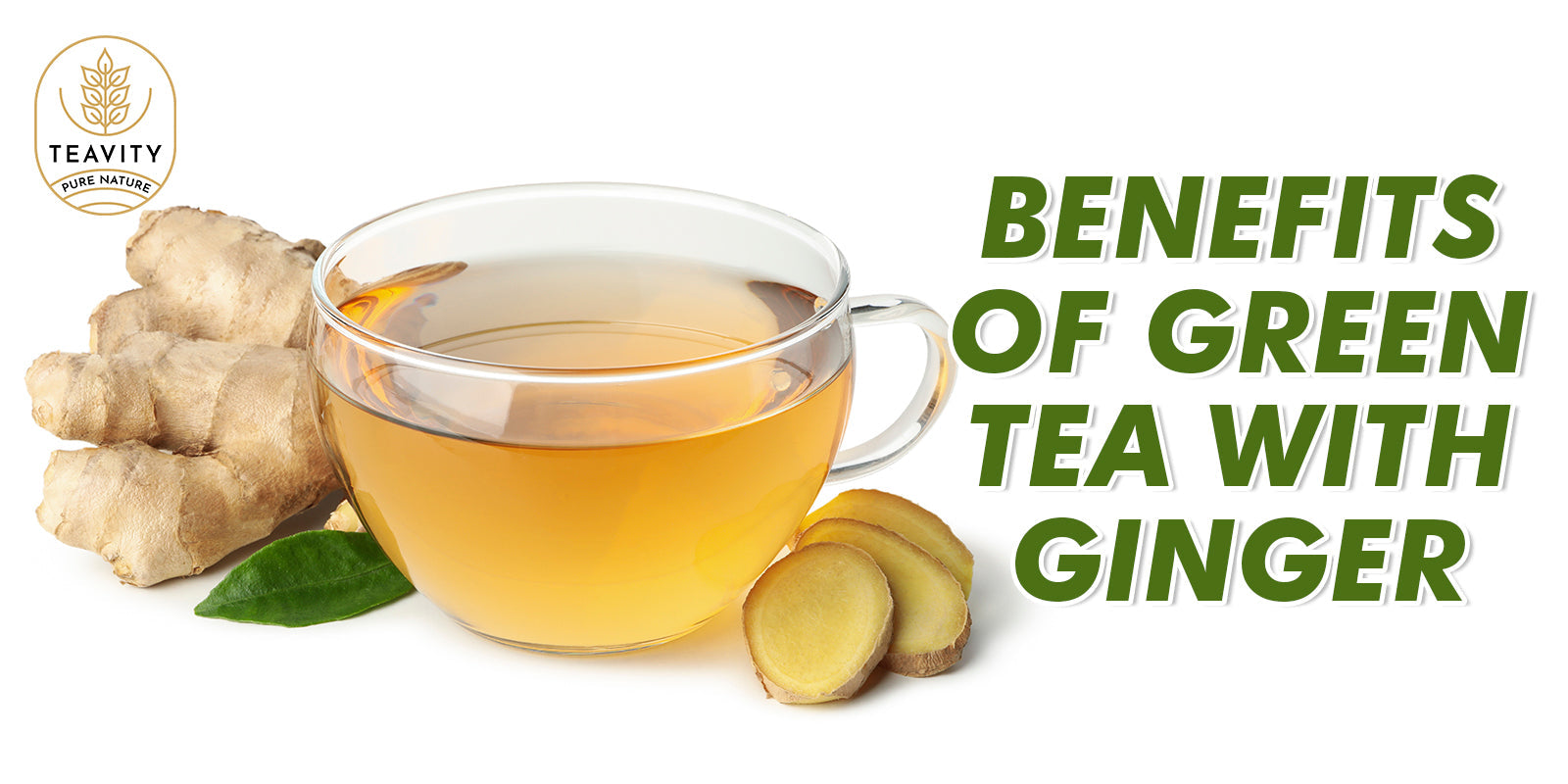Tea, one of the most widely consumed beverages in the world, has a fascinating journey from the lush tea gardens to our teacups. Understanding the process of how tea is grown unveils the rich tradition and intricate methods involved in its cultivation. This article delves into the origins of tea farming, the cultivation process, challenges faced by growers, and the global significance of this beloved beverage.
Introduction
Tea cultivation is an art that has been practiced for centuries, dating back to ancient civilizations in Asia. The process involves nurturing tea plants to produce the delicate leaves that are later transformed into the aromatic beverage we savor daily. Let’s explore the journey of tea from its origins to the modern-day tea industry.
The Origin of Tea Cultivation
Tea‘s history can be traced back to China, where it was initially consumed for medicinal purposes. The legend goes that Emperor Shen Nong discovered tea when tea leaves accidentally fell into his pot of boiling water. Impressed by the resulting infusion, he began to promote tea’s consumption for its health benefits.
Tea Plant Varieties
The tea plant, scientifically known as Camellia sinensis, gives birth to several tea varieties based on factors like processing methods and growing conditions. The most common types include green, black, oolong, white, and herbal teas.
Ideal Growing Conditions for Tea
Tea plants thrive in specific climatic conditions. The ideal environment for tea cultivation includes moderate temperatures, high humidity, well-draining soil, and ample rainfall. Altitude, slope, and sunlight exposure also play crucial roles in determining tea quality.
The Tea Cultivation Process
Planting Tea Seeds
The tea cultivation process usually begins with planting tea seeds or cuttings. The seeds are nurtured in nurseries until they grow into young plants ready for transplantation.
Nurturing Young Tea Plants
Once transplanted to the tea gardens, young tea plants require careful nurturing, including regular watering, protection from pests, and adequate nutrition.
Pruning and Harvesting
Regular pruning ensures that the tea plants grow vigorously and produce high-quality leaves. Harvesting involves plucking the tender, young leaves, often done by hand to maintain their integrity.
Processing Tea Leaves
After harvesting, the tea leaves undergo processing, which varies depending on the type of tea desired. Common processing methods include withering, rolling, oxidizing, and drying.
In recent years, organic tea farming has gained popularity due to its sustainable and environmentally friendly practices. Organic tea is grown without the use of synthetic chemicals, ensuring a healthier and more natural end product.
Sustainable Farming Practices in the Tea Industry
The tea industry is increasingly adopting sustainable farming practices to reduce its environmental impact and promote the well-being of tea workers and surrounding communities.
Challenges in Tea Cultivation
While tea farming can be rewarding, it is not without its challenges.
Pests and Diseases
Tea plants are susceptible to various pests and diseases that can harm the crop and reduce yields.
Environmental Factors
Extreme weather events, such as droughts or floods, can negatively impact tea cultivation.
Labor Intensity
Tea harvesting is a labor-intensive process, and finding skilled workers can be challenging in some regions.
The Global Tea Industry
Tea is a globally traded commodity, and several countries play vital roles in its production and distribution.
Major Tea-Producing Countries
China, India, Kenya, Sri Lanka, and Japan are among the top tea-producing nations.
Trade and Distribution
Tea is exported and imported on a massive scale, with international trade shaping the global tea market.
Health Benefits of Tea
Beyond its delightful taste, tea offers a range of health benefits.
Antioxidant Properties
Tea is rich in antioxidants, which help combat oxidative stress and reduce the risk of chronic diseases.
Promoting Heart Health
Regular tea consumption has been linked to improved heart health and a reduced risk of cardiovascular issues.
Supporting Mental Well-being
Tea contains certain compounds that may contribute to relaxation and mental well-being.
Popular Tea Varieties and Their Characteristics
Tea enthusiasts have a plethora of choices when it comes to tea varieties, each offering distinct flavors and aromas.
Known for its fresh, grassy taste and numerous health benefits.
The most widely consumed tea with a robust flavor and deep color.
Partially oxidized tea with a diverse range of flavors.
The least processed tea with delicate and subtle flavors.
Made from various herbs, flowers, and fruits, offering a caffeine-free option.
Tea Tasting and Quality Evaluation
Tea tasting is an art in itself, where experts evaluate the tea’s appearance, aroma, taste, and overall quality.
Innovations and Future Trends in Tea Farming
The tea industry continues to evolve with technological advancements and innovative practices, ensuring its sustainability and growth.
Conclusion
Tea cultivation is a blend of tradition, innovation, and dedication to produce the beverage cherished by people worldwide. From its ancient roots to its modern significance, tea remains a symbol of warmth, comfort, and cultural diversity.
FAQs
-
Does all tea come from the same plant? Yes, all true tea comes from the Camellia sinensis plant, but processing methods create various tea varieties.
-
Is tea farming environmentally friendly? Sustainable and organic tea farming practices promote environmental conservation and community well-being.
-
Which country consumes the most tea? China leads the world in tea consumption, followed closely by India.
-
Can I grow tea in my backyard? With the right climate and conditions, it’s possible to grow tea in your garden, especially certain varieties like Camellia sinensis.
-
What is the best way to brew tea for maximum flavor? To brew the perfect cup of tea, use fresh, filtered water and steep the tea leaves for the recommended time at the appropriate temperature for the specific tea variety.



